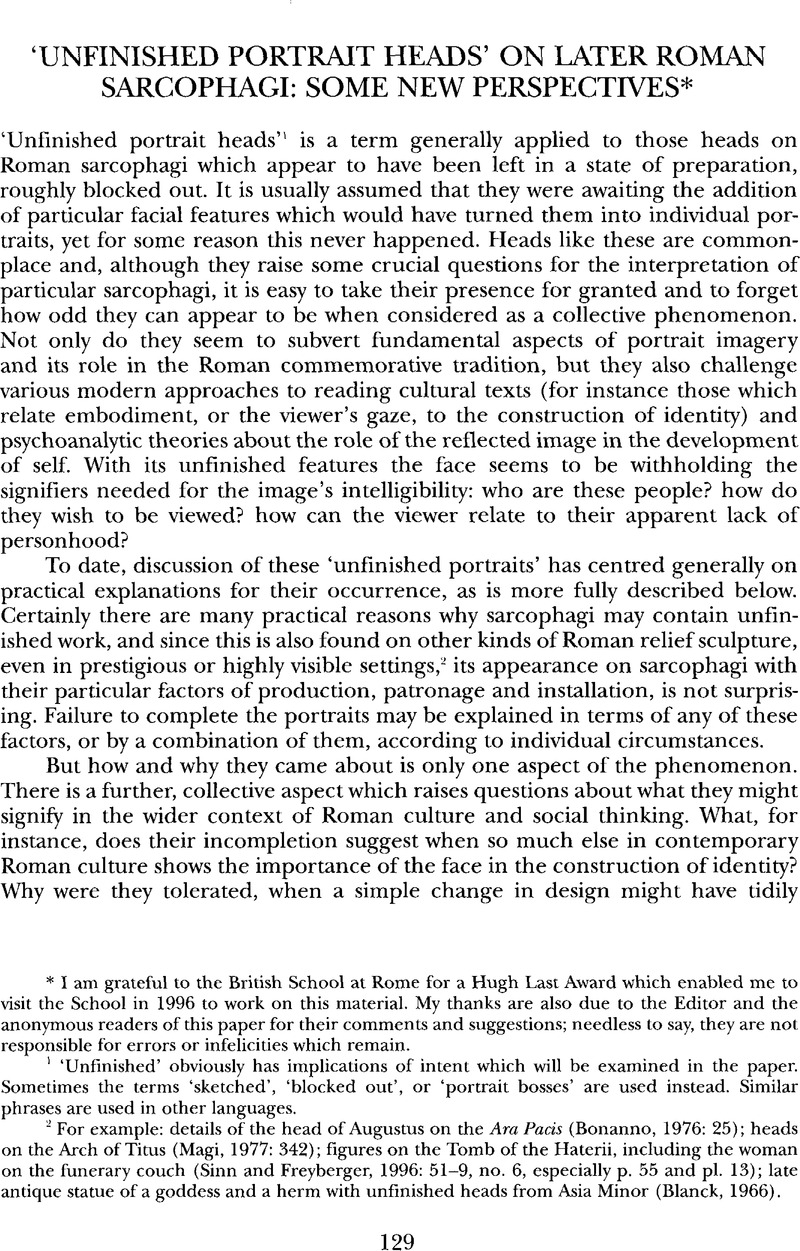Crossref Citations
This article has been cited by the following publications. This list is generated based on data provided by Crossref.
Elsner, Jaś
2000.
From the culture ofspoliato the cult of relics: the Arch of Constantine and the genesis of late antique forms.
Papers of the British School at Rome,
Vol. 68,
Issue. ,
p.
149.
Moureaud, Séverine
2016.
La sculpture romaine en Occident.
p.
211.
Clifford, Emily
2023.
Death by Analogy: Identity Crises on a Roman Sarcophagus.
Journal of Roman Studies,
Vol. 113,
Issue. ,
p.
107.
Clifford, Emily
2025.
Figuring Death in Classical Athens.



